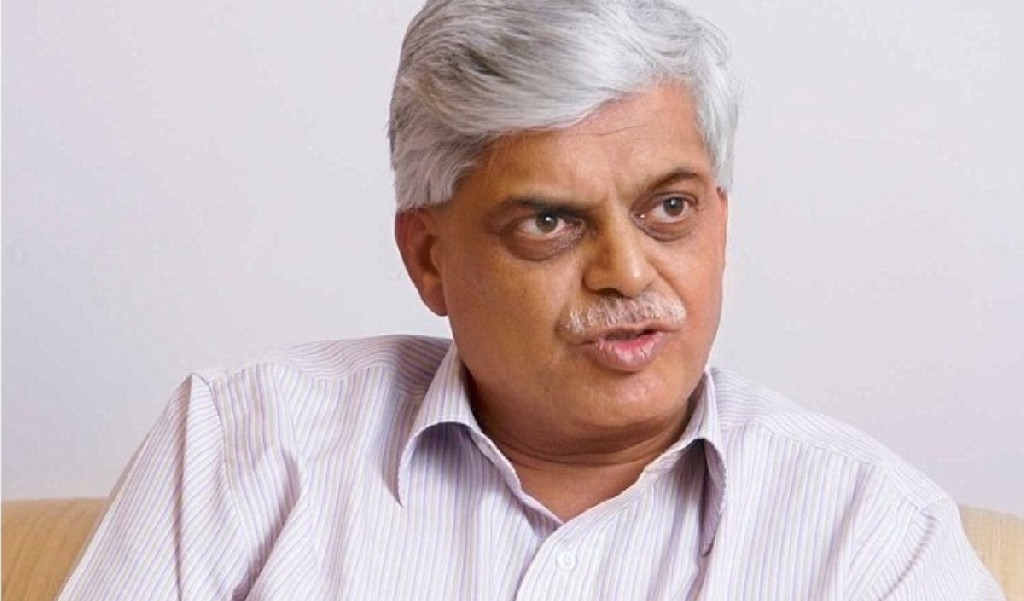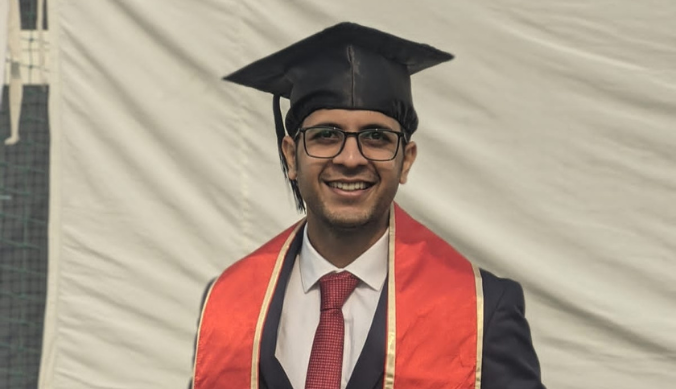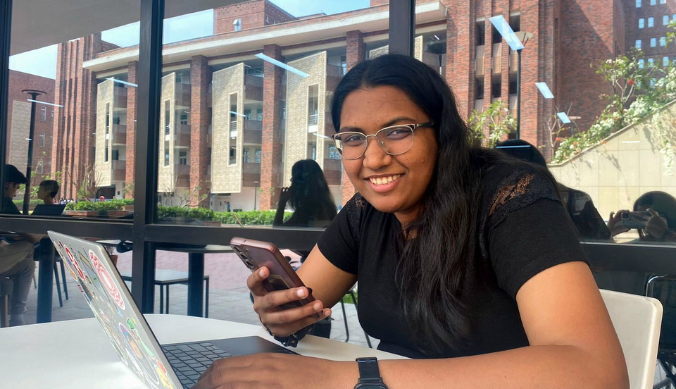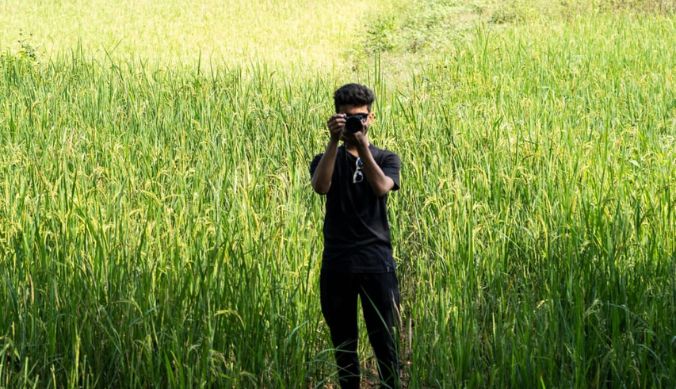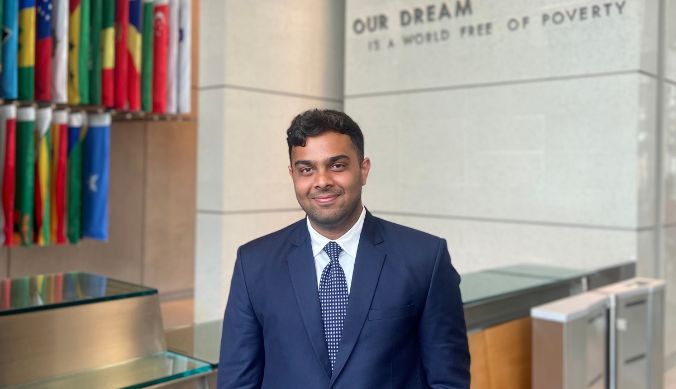The two sides of a developing economy
Sanjaya Baru, Media Advisor to former Prime Minister of India, Dr. Manmohan Singh and also Prime Minister’s spokesperson and principal speechwriter (2004-08), spoke about different facets of a developing economy at Ashoka University.

Office of PR & Communications
1 February, 2015 | 5 Mins readAdmitting that development comes at a cost, Sanjaya Baru, writer, journalist, and media advisor to former Indian Prime Minister, Manmohan Singh said that societies ought to be prepared to pay the price. This price includes issues such as environmental damage and human displacement which indirectly leads to increasing income disparities. “You will not stop climbing the tree because you will fall down and hurt yourself. When you climb a tree, you fall down and hurt yourself, you deal with it. There are negative consequences but you deal with them rather than fear them,” he reinstated.
Baru’s discourse on India’s position in the global market and how the political scenario has not helped develop it revealed his attitude towards the importance of capitalism. Although he began by discussing the Make in India policy and its present day relevance, he managed to equate it to the idea of localised manufacturing that emerged during the National Movement. He mentioned that the policy affects this generation directly since creating new employment opportunities in order to prevent brain drain is the need of the hour, but also said that protectionism was equally necessary. Protectionism refers to government actions and policies that restrict or restrain international trade, often done with the intent of protecting local businesses and jobs from foreign competition. Typical methods of protectionism are import tariffs, quotas, subsidies or tax cuts to local businesses and direct state intervention.
He proceeded to answer the question of ‘what went wrong?’ in India’s growth as an economic power. This reply included topics such as liberalisation and the opening up of Indian markets in 1991, land policies, environmental bureaucracy, immigration of construction labour and de-industrialisation. An interesting aspect about interstate immigration in India was brought out when he said that maximum population of construction labour in the state of Kerala comes from Bihar and Uttar Pradesh. Whereas, the maximum workforce in Bangalore’s hospitality and service sector comes from India’s north east.
Throughout his session, irrespective of whether the discussion centred on fiscal policies of the government or foreign relations and bloc alignments, India’s comparison to China in every aspect was a constant. When questioned about the difference in governmental regimes between the two countries and the success of the Communist one in China, Baru responded by saying that “the politics of this country needs to change. The only way in which you can change this is to spread the ‘China fear’.”
The fear of China is, according to him, the only thing that motivates Indian politicians and policy makers. He substantiated this by saying that in 1990, China was not the top-most trade partner of any country in Asia but by 2000 it became the top-most trade partner of every country in Asia barring Bhutan which was India’s top-most trading partner. While Dr. Baru added that “the China model cannot be replicated in India”, he did not mention what model or method would work in India. “I think the politics of this country is not development friendly,” he said while reasoning why it took more than ten years for Indian markets to take flight and flourish as they do today even after the liberalisation policy of 1991.
By the end of the session, when questioned about any possible manipulations or spins that he was a part of, during his tenure, the author of The Accidental Prime Minister, dismissed the query by saying that it was “the book I won’t write.”
(The writer is a first year undergraduate student at Ashoka University)





